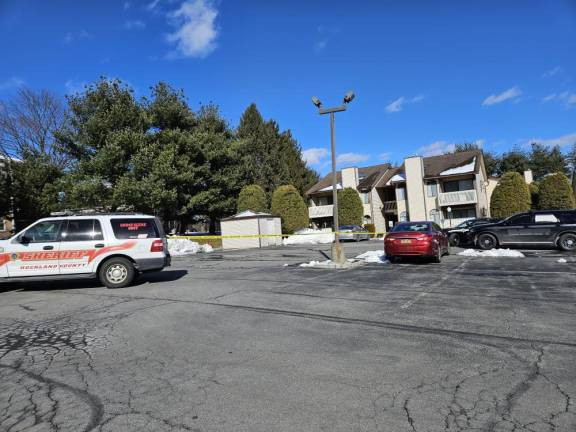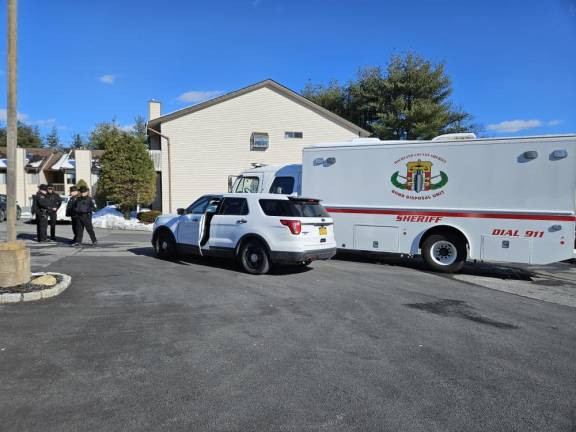Chester Bomb Scare: City Center Evacuated, Trains Halted – Latest Updates
A security alert in Chester, England, led to the evacuation of both the city's railway and bus stations on the evening of November 22nd, causing widespread transport disruption and significant public concern. The incident unfolded rapidly, leaving commuters and residents scrambling for information amidst a heavy police presence.
The initial reports indicated suspicious activity near the train and bus stations, prompting a swift response from authorities. Eyewitnesses described scenes of panic as police cordoned off city center streets, sealing off access to both transportation hubs. A bomb disposal unit was later observed near the scene, adding to the growing tension and speculation about the nature of the threat.
Chester Station Closure and Transport Disruption
Chester station was closed at approximately 6 PM GMT, and the subsequent closure of the nearby bus interchange brought public transport to a standstill. National Rail confirmed the closure and warned of “major disruption” expected until 10 PM GMT, with numerous train cancellations and delays affecting several lines, including Merseyrail, Avanti West Coast routes from London Euston, and Transport for Wales services to Cardiff, Crewe, Manchester, and Wolverhampton. Stagecoach confirmed that no bus services were operating to or from the station or the interchange during the incident.
Impact on Passengers
The disruption caused significant inconvenience for passengers. Many were left stranded, forced to find alternative transportation or seek temporary shelter while awaiting updates. The uncertainty and fear surrounding the incident were palpable, as commuters anxiously waited for news. National Rail advised passengers to check their journey status frequently and to expect significant delays.
Police Operation and Security Alert
Cheshire Police and British Transport Police were involved in the operation, although initial official statements remained vague, fueling speculation in the media. The security alert remained the primary focus for hours. Police tape blocked access to the stations and surrounding roads, while a visible police presence maintained a tight security perimeter. The official statement, released later, highlighted the initial report of suspicious activity on two buses in the city center, near the train and bus stations. The cordon was eventually lifted once the incident was cleared and found to be nothing untoward.
The Police Response
The response from law enforcement was swift and decisive. The rapid closure of the stations and establishment of a security cordon suggested a serious threat. While the specifics of the suspicious activity remain unclear in initial reports, the severity of the response underlined the perceived risk. The presence of a bomb disposal unit, which was confirmed near the scene, further elevated anxieties and solidified the seriousness of the situation. A formal police statement was released later, confirming the incident and its resolution.
Aftermath and Reopening of Chester Station
Following several hours of uncertainty and major transport disruptions, the security alert was declared over, and both stations were eventually reopened. National Rail, while reporting the reopening, cautioned passengers to expect ongoing residual delays and disruptions as train services resumed their schedules. Transport for Wales echoed similar sentiments, acknowledging that although the lines had reopened, some services might remain canceled or delayed. Despite the resolution of the alert, the operation left a significant disruption in its wake.
Lessons Learned and Future Preparedness
The incident in Chester underscores the crucial need for preparedness and swift response in the event of potential security threats. The incident is a reminder that quick actions from the authorities are vital, although the disruption in transport and economic activity is immense. The incident also highlighted the importance of clear, consistent communication with the public during such events to minimize confusion and anxiety, thereby improving confidence in the authorities.
The swift response and coordination between various agencies, including the police, transport operators and emergency services, are vital for mitigating the impact of future incidents. Further analysis of the events will be crucial in improving response protocols and communication strategies. This incident serves as a case study for city planners and emergency response teams, providing valuable insights for enhancing future preparedness and response mechanisms. This was an undoubtedly a stressful event, which hopefully will be a lesson learned for everyone.


















